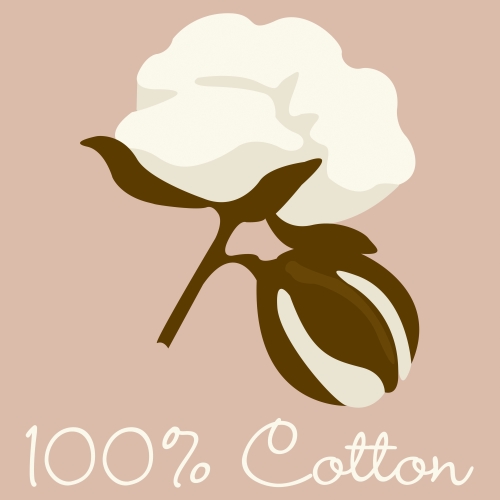Recent safety-related accidents in garment factories in Bangladesh have once again turned public attention to the sustainability of the global cotton value chain.
Background
The cotton market is dominated by Asian countries and the United States. China is the world’s leading producer and consumer. According to the Technical Centre for Agricultural and Rural Cooperation (CTA), in 2011 China, India and Pakistan together accounted for 66% of global cotton consumption. Currently, cotton prices are predicted to decrease leading to a downturn in global cotton output.
In the European Union (EU), cotton is cultivated in an area of 370 000 hectares in Greece, Portugal, Spain and Bulgaria. Altogether, the EU produces 340 000 tonnes of ginned cotton. It exports more than it imports and has a 2.8% export market share. Turkey, Egypt and China are the main destinations of cotton exports from the EU.
The global cotton value chain
According to the International Cotton Advisory Committee (ICAC), 100 million rural households are involved in cotton production. The cotton sector is a major source of employment and income for over 250 million people, in the production, processing, storage and transport stages of this agricultural value chain.
Sensitive issues

Cotton is a water-intensive crop; therefore its mass-production may cause severe damage to the environment. Its impact is multiplied by widespread use of pesticides, while cotton production puts strain on freshwater resources, can cause soil degradation and contamination and a loss of biodiversity.
Forced labour and child labour are major concerns in cotton production. Children are employed in cotton production to cut costs. Moreover, the pesticides used often cause health problems to workers.
The situation in Uzbekistan was the subject of a Parliament resolution of 15 December 2011 on the EU-Uzbekistan partnership and cooperation agreement. The EP withheld its consent to extending the agreement to cover bilateral trade in textiles. However Uzbekistan still benefits from preferential import duties for its cotton exports to the EU under the Generalised System of Preferences (GSP) scheme. Several human rights groups have requested the removal of GSP for cotton from Uzbekistan. Uzbekistan is singled out because forced adult and child labour is organised by the government.
Other issues relate to corporate social responsibility, including the working conditions of employees in factories. This was the object of an EP resolution of 17 January 2013 on recent casualties in textile factory fires, notably in Bangladesh.
Current debate in the EP
Parliament will vote on a motion for a resolution following a Commission statement on sustainability in the global cotton value chain. This motion urges the improvement of sustainability and labour standards in the global cotton value chain, by eliminating child and forced labour, environmental degradation, export restrictions and price volatility. This would be achieved by increasing transparency and traceability. The EP will also have to consent to the EU’s accession to the ICAC in the future, once Council has agreed on the proposal.
The current motion urges all stakeholders in the cotton sector to reduce environmental degradation, including excessive use of water and pesticides. It also stresses the need to create conditions for small-scale producers from developing countries to get access to the main value chains serving the EU textile and clothing industry. Moreover, the sustainability of the cotton sector depends on producers, traders, input suppliers, textile manufacturers, retailers, brands, governments, civil society and consumers acting in concert.








[…] reform of the (in)famous CAP, what is the future of European mutual societies and finally what is the importance of the cotton industry in the […]